President Trump is right that North Korea must do more than just stop testing. But what kinds of deals would be smart, and what kinds would be bad for American interests? This piece by Michael O’Hanlon and Ryan Hass originally appeared in The Hill.
As President Trump prepares for a likely summit with President Kim Jong-un of North Korea and as the latter continues his nation’s charm offensive that includes a promise to stop nuclear and intercontinental ballistic missile (ICBM) testing for now, the question of how Trump can distinguish a good deal from a bad one looms larger and larger.
President Trump is right that North Korea must do more than just stop testing. But what kinds of deals would be smart, and what kinds would be bad for American interests?
After all, the United States has concluded two major nuclear deals with previous leaders of North Korea—one by President Clinton, one by President Bush—and both of those followed North Korea’s joining of the Nuclear Non-Proliferation Treaty years earlier.
Pyongyang did not honor its commitments to any of those accords. To be sure, the current President Kim may be different than his father and grandfather who preceded him in office. But we should not presume that he is a nicer guy or a more congenial interlocutor for the international community. Any negotiation requires that we enter with eyes wide open.
Kim has probably figured out one thing: He was on an unsustainable path in 2017, the year of three ICBM tests and his nation’s sixth (and most powerful) nuclear explosion. Whether or not he thought President Trump would use preemptive military force against him, things were not going his way.
The rest of the world was worried enough about Kim’s dangers and Trump’s unpredictability to impose sanctions on North Korea like never before. Recent estimates are that North Korea may be losing one-third to one-half of its combined trade and other revenues with the outside world.
This realization likely led to Kim’s charm offensive. Pressure has been working, and Trump deserves credit for that accomplishment.
Given the progress that pressure has delivered in pushing Kim to this point, Trump will need a solid theory of the case for whether, when and under what conditions he should begin to reduce pressure—not as a gesture of goodwill, but in response to demonstrable and verifiable North Korean actions that address America’s top concerns.
The question is especially salient given that Kim’s willingness to discuss “denuclearization” almost surely will not translate into complete and verifiable nuclear disarmament anytime soon.
North Koreans have invested too much into building the bomb and argued too consistently about how they feel they need it to avoid the fate of Saddam Hussein or Muammar Gaddafi, to believe that Kim will give up all 20 to 60 of the country’s estimated nuclear warhead inventory for any plausible deal he might be offered.
Even if he were prepared to go to zero someday, getting there would surely require an iterative process of step-by-step measures.
So what is the right trade space for Trump? We would submit that several simple principles should guide him at the upcoming summit and beyond.
First, the majority of U.S. sanctions imposed on North Korea since the Korean War should stay in place until disarmament really begins to happen.
Most of these sanctions predated the nuclear crises with Pyongyang of the past 25 years and were grounded primarily in the ongoing state of hostilities on the peninsula together with the heinous nature of the North Korean regime.
Because of these sanctions, U.S.-DPRK economic engagement has been minimal for many years. “Trade” is mostly confined to humanitarian assistance. U.S. sanctions ban trade in weapons and high technology, prohibit dealings with many individuals who run the country, severely restrict the provisioning of foreign aid, limit engagements with financial companies/banks and impose severe tariffs on most non-prohibited goods.
However, U.N. sanctions are a different matter. Those of the last 12 years, starting with Resolution 1718 of 2006 and continuing through Resolution 2371 of August 5, 2017 (and beyond), have gradually turned up the pressure on North Korea.
They began with a focus on trade in technologies relevant to weapons of mass destruction and ballistic missiles, then were broadened to encompass weaponry in general and most recently have begun to target commercial sources of revenue for the North Korean regime as well as the assets of individuals and companies from North Korea or doing business with North Korea.
It is these that truly hurt the regime, because they have affected economic engagement with the key countries—China, Russia, South Korea, Vietnam, others—on which North Korea currently depends.
It makes eminent sense to consider lifting some of these sanctions in exchange for a verifiable end to the behavior that gave rise to them—especially nuclear and ICBM testing. But that is not enough. North Korea cannot be allowed to surreptitiously expand its weapons inventories even as it regains the economic benefits of previous years.
Nor is it enough to focus just on nuclear matters, as past accords tended to do. Given how many nuclear bombs North Korea has illicitly built since Clinton and Bush negotiated the ill-fated deals with it in the past, we need to expand our focus to long-range and medium-range missiles as well. Fidelity to our close alliance partnerships with Japan and South Korea demands nothing less.
A complete ban on future missile production and testing as well as nuclear production and testing, complete with declared databases of previous production sites and ongoing inspections to these locations as well as any suspicious locations, is a must.
Verification would be critical before any reduction in pressure could commence. Otherwise, Kim could use any interim deal to ease economic pressure on his regime while continuing to expand his ability to threaten his neighbors.
Indeed, American negotiators would be on reasonable ground in asking for some destruction of North Korea’s fissile material and warhead stocks—at least as an initial negotiating position.
It would also be wise to formalize dialogues on human rights and economic reform. Not much may come of these at first, but Pyongyang needs to hear the message that the world can no longer shut its eyes to what happens inside the DPRK when conducting negotiations. Doing so in the past has not worked.
Finally, there is the matter of a peace treaty. To a large extent, this can be separated from the nuclear and missile discussions.
If Pyongyang is willing to accept the existence of the Republic of Korea, express a desire to reduce tensions and armaments on the peninsula and accept the indefinite duration of the U.S.-ROK military alliance as well as the presence of American forces on the Korean peninsula, U.S. negotiators need not fear such an accord to end formally the Korean War.
It need not require any particular magnitude of normal diplomatic dealings or détente in the absence of other, more general progress in the relationship.
By keeping these basic parameters for dealing with North Korea in place, President Trump can go to any summit with a clear sense of what kinds of deals with Pyongyang may make sense—and his advisors and allies can mitigate their fears that he might give away the farm for a bad offer from President Kim.
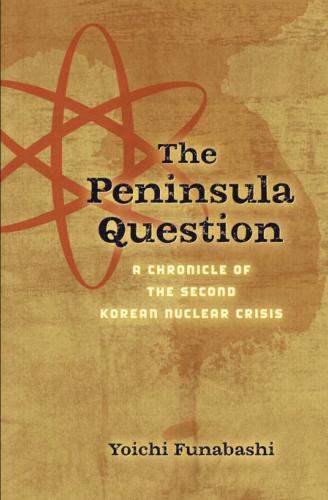
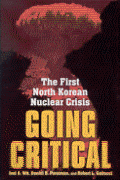
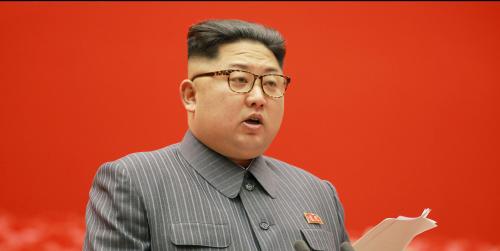
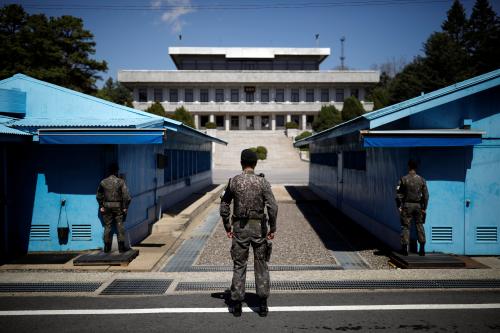
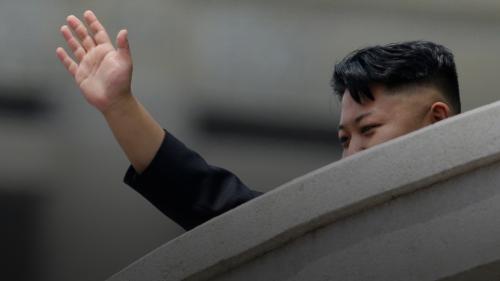


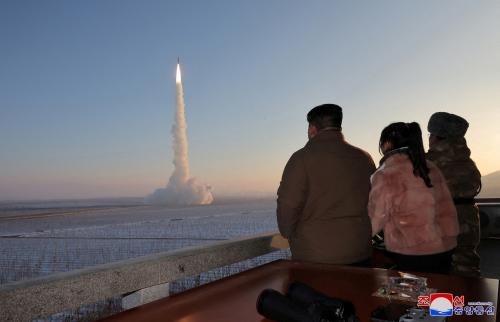
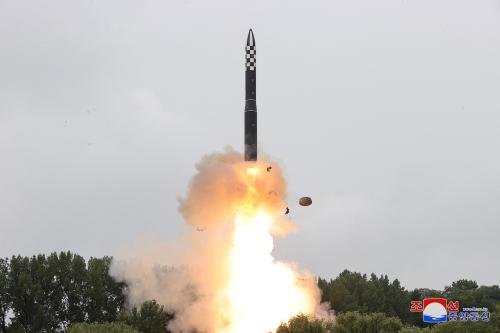
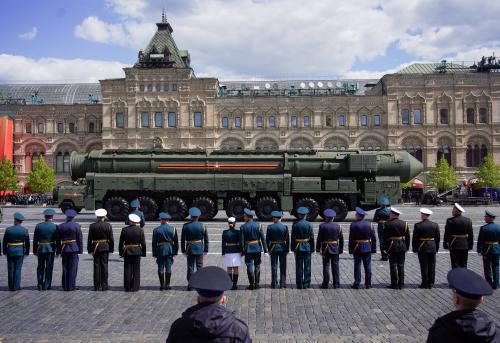
Commentary
Making sure Trump doesn’t sell the farm in Kim summit
April 26, 2018